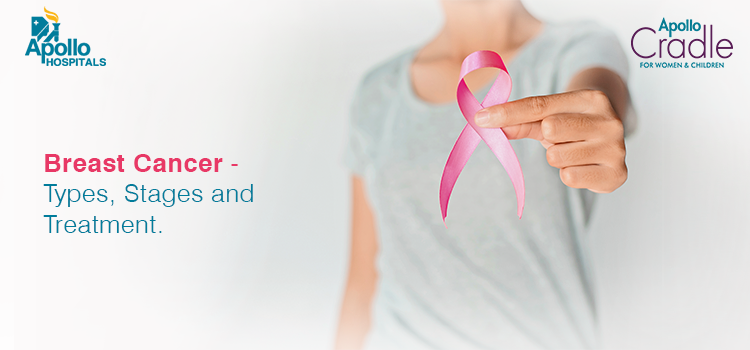What is breast cancer?
Breast cancer starts when cells in the breast begin to grow out of control, forming a tumour. The tumour is malignant if the cells start invading surrounding tissues or spread to other areas of the body.
Types of breast cancer
There are several types of cancer, some more common than others. Common types include:
- Ductal carcinoma in situ: A non-invasive, early-stage cancer that hasn’t spread, it has a high cure rate.
- Invasive ductal carcinoma: The most common type, this cancer originates in the milk ducts before spreading to surrounding tissue.
- Invasive lobular carcinoma: Less common, this breast cancer starts in the mammary glands.
READ: Breast Self-Exam for Breast Awareness
Less common breast cancers:
- Mucinous carcinoma: Formed from mucus-producing cancer cells.
- Inflammatory breast cancer: Makes the breast appear infected by turning it red and warm. This happens as a result of the blockage of lymph vessels by cancer cells.
- Paget’s disease: Beginning in the breast duct, this cancer spreads to the nipple and its surrounding areas, resulting in crusting and redness around the nipple.
- Lobular carcinoma in situ: It is a pre-cancer characterized by an area of abnormal cell growth. It increases the risk of invasive breast cancer later in life.
Other uncommon types of breast cancer:
- Angiosarcoma
- Papillary carcinoma
- Phyllodes tumor
- Tubular carcinoma
Stages of breast cancer
Doctors commonly use the TNM system to determine the stage of cancer. The system is as follows:
- Tumor (T):Size and location
- Node (N):Number of lymph-nodes affected
- Metastasis (M):Extent of the spread of cancer
The following are the 5 stages of breast cancer-
Stage 0 & 1
Earliest stages of cancer development where cancer cells are confined to a very limited area.
Stage 2 and 2A
While it’s an early stage, there’s evidence of cancer beginning to spread. It is still confined to the breast area and can be treated effectively.
Stage 3 (A, B, C)
An advanced stage where cancer has begun invading surrounding tissues near the breast.
Stage 4
Cancer has spread to other areas of the body.
Treatment
Treatment depends on:
- type of breast cancer
- stage of the cancer
- hormonal sensitivity
- the patient’s age, overall health, and individual preferences
The main treatment options are:
- Radiation therapy- Controlled doses of radiation target the tumour to destroy cancerous cells.
- Surgery- Operations used to treat breast cancer include-
- Lumpectomy- Removing breast cancer. Recommended for smaller tumours.
- Mastectomy- Removing the entire breast including the lobules, ducts, fatty tissue and some skin, including the nipple and areola.
- Sentinel node biopsy- Removing a limited number of lymph nodes
- Axillary lymph node dissection- Removing several lymph nodes.
If sentinel lymph nodes are cancerous, additional lymph nodes in the armpit are removed through this procedure.
- Biological therapy- Targeted drugs work to attack specific breast cancer types. Some such drugs are trastuzumab (Herceptin), lapatinib (Tykerb), and bevacizumab (Avastin).
- Hormone-blocking therapy- This is used to prevent recurrence of hormone-sensitive breast cancers.
- Chemotherapy- Cytotoxic drugs are administered to kill cancerous cells, shrink the tumour, regulate harmful hormones, and control symptoms.



